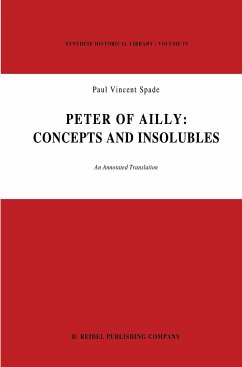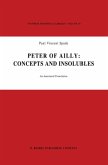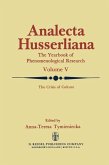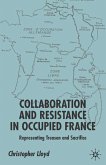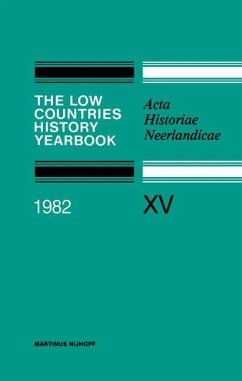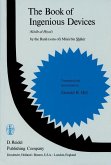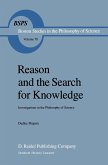2 Peter of Aillyl wrote his Concepts and Insolubles, according to the best 3 estimate, in 1372. He was at that time only about twenty-two years old. He was born around 1350" in Compiegne in the De de France, although his 5 family name associates him with the village of Ailly in Picardy. In 1364 he entered the University of Paris as a 'bursar' (i. e. , the recipient of a scholarship) at the College de Navarre. He received the degree of Bachelor of Arts in 1367 and taught there until 1368, when he entered the Faculty of Theology. He became a Doctor of Theology in 1381. In the years that followed, Peter was very active in the 'conciliar' movement and in negotiations to bring about the end of the Great Schism of the West. He was elevated to the rank of Cardinal in 1411 by Pope John XXIII, the successor of Alexander V in the 'Pisa' line of Popes. He took an active part in the Council of Constance (1414-1418), which ended the Great Schism and elected Pope Martin V. Peter died on August9, 1420. Most of the secondary literature on Peter of Ailly concerns his role in church politics, his writings on the Schism and on ecclesiastical reform, and various aspects of his theology. But Peter was active in a number of other areas as well. He wrote several works, for instance, on geography and astron 6 omy, including an Imago mundi read by Christopher Columbus.

